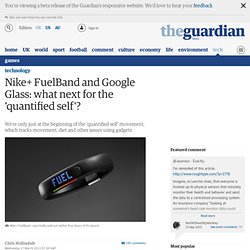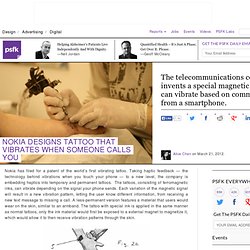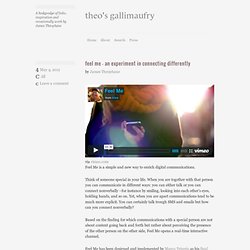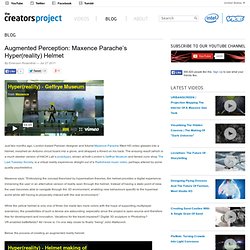

Self Knowledge Through NumbersQuantified Self. La mise en chiffre de soi (1/2) : qui sont ceux qui se mesurent. Par Hubert Guillaud le 22/05/13 | 6 commentaires | 3,594 lectures | Impression Dans le dernier numéro de la revue Réseaux, Anne-Sylvie Pharabod, Véra Nikolski et Fabien Granjon signent un intéressant article sur “La mise en chiffres de soi” qui s’est intéressé à une poignée de praticiens de la mesure de soi.

Ils rappellent que “la mise en chiffre de soi est une pratique marginale”, que le partage des données personnelles, enjeu central pour les promoteurs des outils, est très confidentiel et reste cantonné à des pratiques spécifiques, et enfin que la quantification de soi est avant tout un geste intime et peu stable, qui ne s’installe pas dans la durée : souvent “la pratique est ponctuelle, car elle s’apparente à un diagnostic : une fois l’évaluation faite, la quantification n’a plus de sens”.
Si certaines pratiques, notamment celles de performances sportives, peuvent être plus stables, elles ne sont pas forcément très intensives. Quelles normes partageons-nous ? Behavioural design needs you - Behavioural Design Lab. Nike+ FuelBand and Google Glass: what next for the 'quantified self'? The quantified self movement – the idea that tracking metrics about yourself can lead to self-improvement – appears to be gathering steam.

With products such as the FitBit One, Jawbone Up and Nike+ FuelBand boasting impressive sales numbers (the FuelBand reportedly sold out within four hours of its launch), it seems that self-tracking is finding traction and on the way to becoming an ubiquitous feature of daily life. But how exactly can it break into the mainstream, and where does the future of the movement lie? Here are the five key areas where I see the quantified self going next. Marcus Fairs opinion on wearable technology. Nokia Designs Tattoo That Vibrates When Someone Calls You. Nokia has filed for a patent of the world’s first vibrating tattoo.

Taking haptic feedback — the technology behind vibrations when you touch your phone — to a new level, the company is embedding haptics into temporary and permanent tattoos. The tattoos, consisting of ferromagnetic inks, can vibrate depending on the signal your phone sends. Each variation of the magnetic signal will result in a new vibration pattern, letting the user know different information, from receiving a new text message to missing a call.
A less-permanent version features a material that users would wear on the skin, similar to an armband. The tattoo with special ink is applied in the same manner as normal tattoos, only the ink material would first be exposed to a external magnet to magnetize it, which would allow it to then receive vibration patterns through the skin. Feel Me - An Experiment in Connecting Differently - theo's gallimaufry. Feel Me is a simple and new way to enrich digital communications.

Think of someone special in your life. When you are together with that person you can communicate in different ways: you can either talk or you can connect nonverbally –for instance by smiling, looking into each other’s eyes, holding hands, and so on. Yet, when you are apart communications tend to be much more explicit. You can certainly talk trough SMS and emails but how can you connect nonverbally? Based on the finding for which communications with a special person are not about content going back and forth but rather about perceiving the presence of the other person on the other side, Feel Me opens a real-time interactive channel.
Augmented Perception: Maxence Parache’s Hyper(reality) Helmet. Just two months ago, London-based Parisian designer and futurist Maxence Parache fitted HD-video glasses into a helmet, morphed an Arduino circuit board into a glove, and strapped a Kinect on his back.

The ensuing result (which is a much sleeker version of HACK Lab’s prototype), shown at both London’s Geffrye Museum and famed curio shop The Last Tuesday Society, is a virtual reality experience straight out of a Radiohead music video, perhaps altered by some quality psychedelics. Maxence says: “Embodying the concept theorized by hyperrealism theories, the helmet provides a digital experience, immersing the user in an alternative version of reality seen through the helmet.
Instead of having a static point of view, the user becomes able to navigate through the 3D environment, enabling new behaviours specific to the hyperreal world while still having to physically interact with the real environment.”